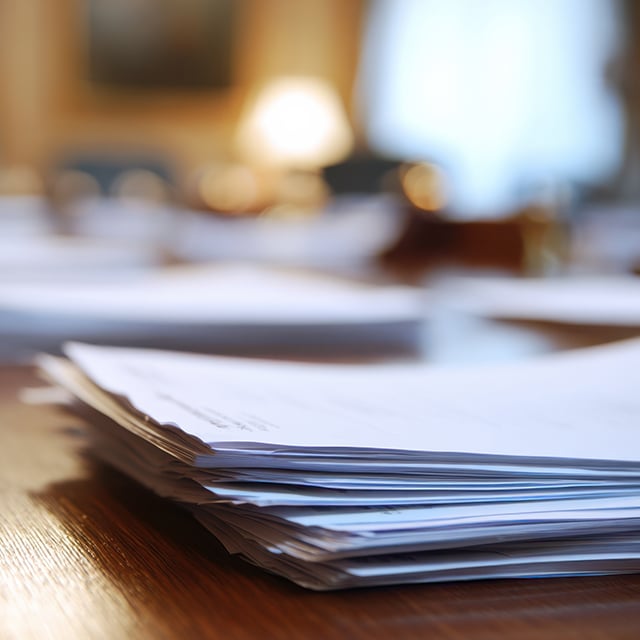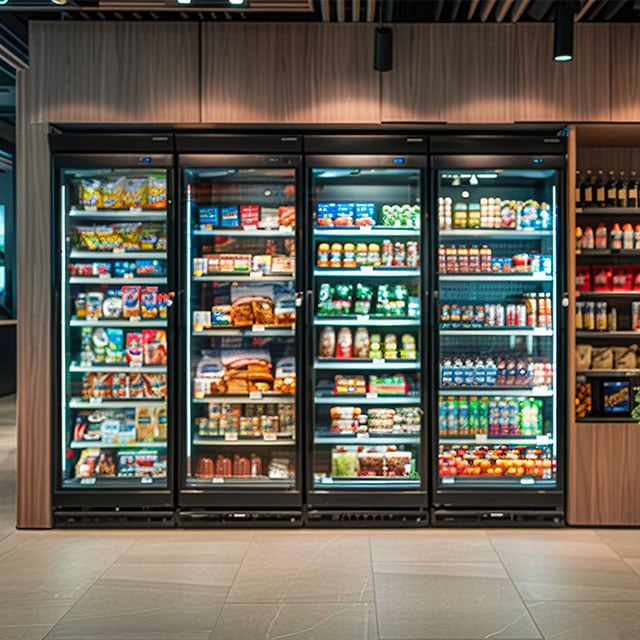In follow-up to our recent post on Australia's hydrogen strategy, and in preparation for the release of Canada's strategy, in this post we outline Japan's and South Korea's national hydrogen strategies. For both Japan and South Korea, their hydrogen strategies have three major aspects: securing hydrogen for energy security, promoting the deployment of domestic hydrogen technologies and realizing decarbonization.
Overview
The table below provides a brief overview of Japan's Fifth Strategic Energy Plan released in 2018, and South Korea's Hydrogen Roadmap, summarized by the Hydrogen Electric Vehicle Consumer Association, released in 2019.
| Scale of Funding | Types of Projects | Governance | |
| Japan | US$664 million budget is allocated for hydrogen in FY 2020, a 16% increase compared to FY 2019. |
Aim to achieve "hydrogen society." Central goals are energy security and decarbonization. Develop infrastructure and systems to support import of hydrogen. Major automotive companies are looking to export Fuel Cell Electric Vehicles (FCEVs), including Toyota's plan to sell over 30,000 FCEVs per annum globally after 2020. |
Primarily led by Ministerial Council on Renewable Energy, Hydrogen, and Related Issues. |
| South Korea | US$1.8 billion budget to subsidize car sales and build refueling stations by 2022. |
Primary focus is export of FCEVs, and import of hydrogen. Central goal is to become leader in export of FCEVs and large scale stationary fuel cells. |
Recently passed the Hydrogen Economy Promotion and Hydrogen Safety Management Law (Hydrogen Law), laying the legal basis for government's support of hydrogen and facility safety standards. H2KOREA, private-public body connects central government and local government with private companies. |
Both Japanese and South Korean national strategies are underpinned by the desire to secure stable supply of hydrogen as energy from diversified sources. At the same time, both countries see hydrogen as an opportunity to deploy domestic hydrogen technologies and realize decarbonization.
In Japan, policy makers are aware that Japanese geography poses numerous challenges for achieving decarbonization solely through renewable energy. As a means of realizing decarbonization while ensuring energy security, Japan aims to achieve an 80-percent reduction of domestic greenhouse gas (GHG) emissions through transitioning to a "hydrogen society" by 2030 and into 2050. Akin to Australia's "H2 Under $2" goal, Japan's strategy recognizes that reducing the costs associated with hydrogen is paramount to achieving the goal of decarbonization. The government has allocated US$664 million for R&D and technology deployment related to hydrogen, particularly with the aim of cost reduction through technological improvement.
South Korea shares similar concerns as Japan in terms of energy security, and hydrogen provides an additional energy supply. In anticipation of the global use of hydrogen as energy, South Korea also sees opportunities to become a leader in exporting FCEVs. In June 2018, the Ministry of Trade and Industry and Energy announced a US$1.8-billion budget for the establishment of public-private hydrogen vehicle industry cooperation. Hyundai, the country's biggest car manufacturer, announced plans to expand fuel cell production capacity to 700,000 units per year by 2030. In light of new hydrogen projects, the government anticipates that the country's hydrogen demand will increase from the current 2 million tons per annum to 5.26 million tons per annum by 2040, meaning new supply sources will be needed.
To address this increased demand, South Korea's strategy has focused on hydrogen imports. In June 2019, for example, South Korea signed a memorandum of understanding with Norway on shipbuilding for liquefied hydrogen transportation. South Korea also recently signed a letter of intent with Australia to identify and promote a mutually beneficial hydrogen import and export partnership.
Notable Projects
In Japan, particular focus is given to establishing a more flexible shipping process, akin to existing Liquefied Natural Gas (LNG) transport technologies. In December 2019, Kawasaki Heavy Industries launched the world's first liquefied hydrogen tanker, using technology that will facilitate the global trade in hydrogen.
Kawasaki's new tanker is instrumental in the Hydrogen Energy Supply Chain (HESC) pilot project between Japan and Australia. The HESC pilot project is the world's first fully integrated hydrogen supply chain: the project starts with the production of hydrogen from brown coal in Latrobe Valley, Victoria, Australia, and ultimately ships hydrogen for consumption in Japan.
In addition, Chiyoda Corporation developed a method for storing and shipping hydrogen using an organic chemical hydride method, and built a demonstration plant in Brunei. In May 2020, hydrogen produced in Brunei was successfully transported to Japan by Chiyoda in liquid form using this technology. These projects are bringing Japan closer to realizing international hydrogen supply chains.
In South Korea, chemical-focused conglomerate Hyosung Group signed a deal with Linde for a US$250 million project to build the world's largest liquid hydrogen plant by 2022, with a capacity of 13,000 Mt per annum. Also, Hanwha Energy has spent US$215 million since July 2018 to build a hydrogen-based fuel cell power plant with a capacity of 50 MW.
Further, South Korea's strategy emphasizes domestic hydrogen energy infrastructure, with H2 Pilot City Programs to be implemented in four cities across the nation. The majority of hydrogen production for this project originates from carbon-intensive hydrogen production, known as "grey hydrogen." In the long term, South Korea aims to transition to the use of carbon-free "green hydrogen." By 2040, South Korea seeks to meet 70 percent of its hydrogen demand with "green hydrogen" from domestic renewable sources or imports from abroad. These projects demonstrate South Korea's vision to use hydrogen as a major source for transportation and power generation.
Key Takeaways
The Japanese and South Korean strategies reflect three important points that may be echoed in Canada's upcoming hydrogen strategy.
- International collaboration will develop global hydrogen supply chains, which in turn will expand the global hydrogen market.
- Hydrogen can be developed and produced in partnership with existing fossil fuel industries. The gradual transition from "grey hydrogen" to "green hydrogen" may become a common trend across countries in the coming years.
- Domestic expansion of hydrogen use is needed to support the development of FCEVs. For successful development and deployment of various hydrogen technologies, industrial policies are needed on both demand-side and supply-side.
Thank you to Claire Lingley, Summer Law Student, who greatly assisted in the preparation of this blog.


















